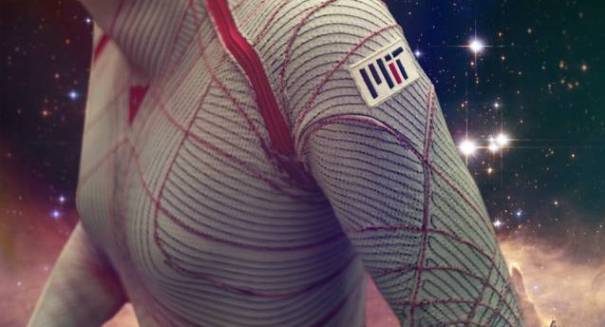
MIT researchers have developed a space suit that acts as a second skin, tightening in response to temperatures in order to provide mechanical counterpressure in deep space.
When the general public imagines a space suit, they think of a bulky Neoprene or Gore-Tex outfit covered in heavy layers of reflective white fabric. But MIT is changing the nature of the space suit by designing it to mimic a second skin.
With the excitement surrounding the Mars rover mission and the Rosetta comet landing, space exploration is back in the public eye. MIT has risen to the challenge by designing a sleek, modern space suit that acts much like shrink wrap.
Made of a nickel-titanium alloy, the new space suit uses shape memory to fit snugly around the wearer’s body. Tiny coils within the fabric act like muscles, shrinking and contracting with heat.
The project is headed by Dava Newman, an MIT professor of engineering and aeronautics. She has worked for the past decade to develop the suit. “With conventional spacesuits, you’re essentially in a balloon of gas that’s providing you with the necessary one-third of an atmosphere [of pressure] to keep you alive in the vacuum of space,” Newman explained.
“We want to achieve that same pressurization, but through mechanical counterpressure—applying the pressure directly to the skin, thus avoiding the gas pressure altogether. . . the big advantage is mobility and a very lightweight suit for planetary exploration.”
Currently, the full suit has not been produced yet. It’s a cuff that hangs loosely but responds to temperature by tightening around the arm. There are still some issues to work out- the suit would have to be pressurized constantly by a power supply worn by the astronaut, and could overheat the wearer quickly.
The cuff could be used for a variety of other purposes, such as a tourniquet for serious medical emergencies. Since it tightens in response to pressure, it could be used by paramedics as a simple hands-free pressure device to stop serious bleeding in the field.
Leave a Reply